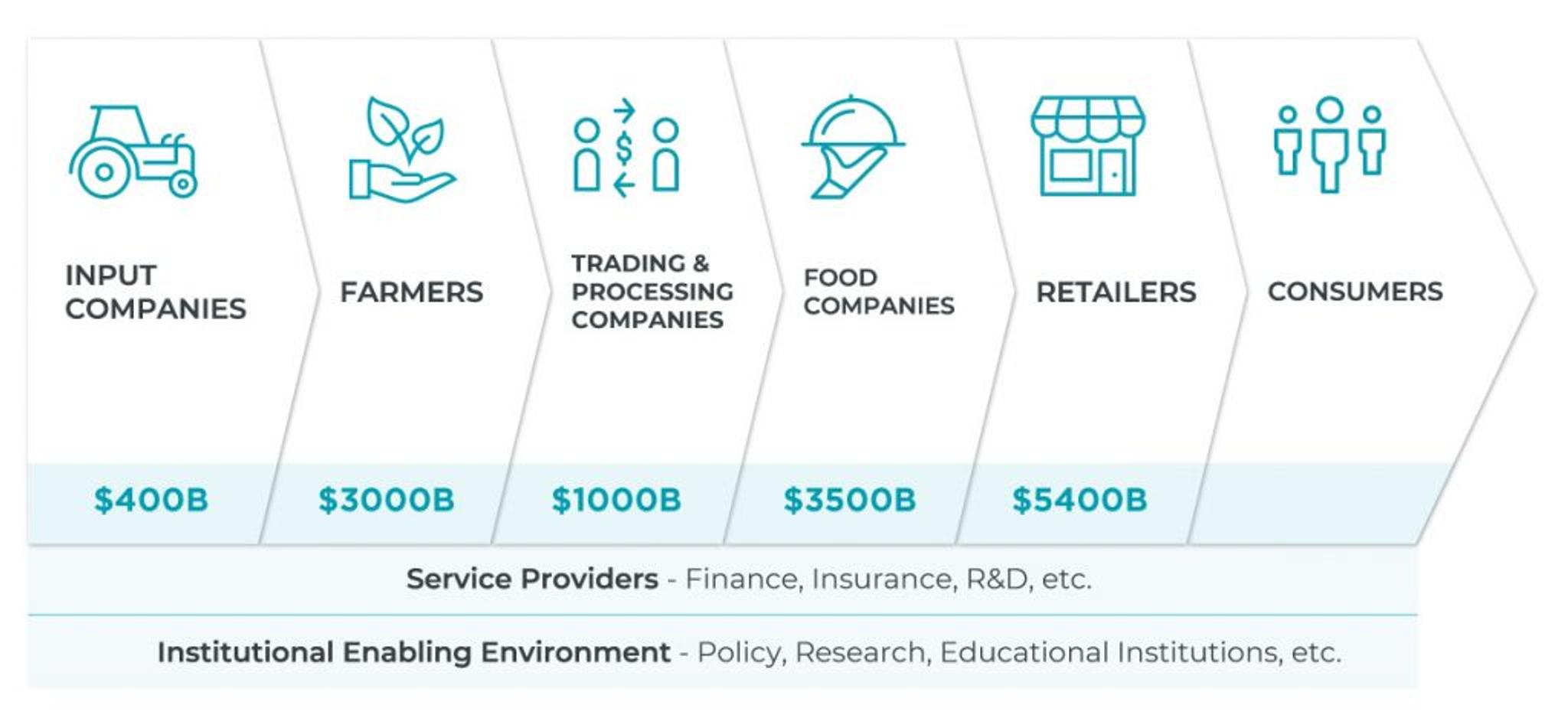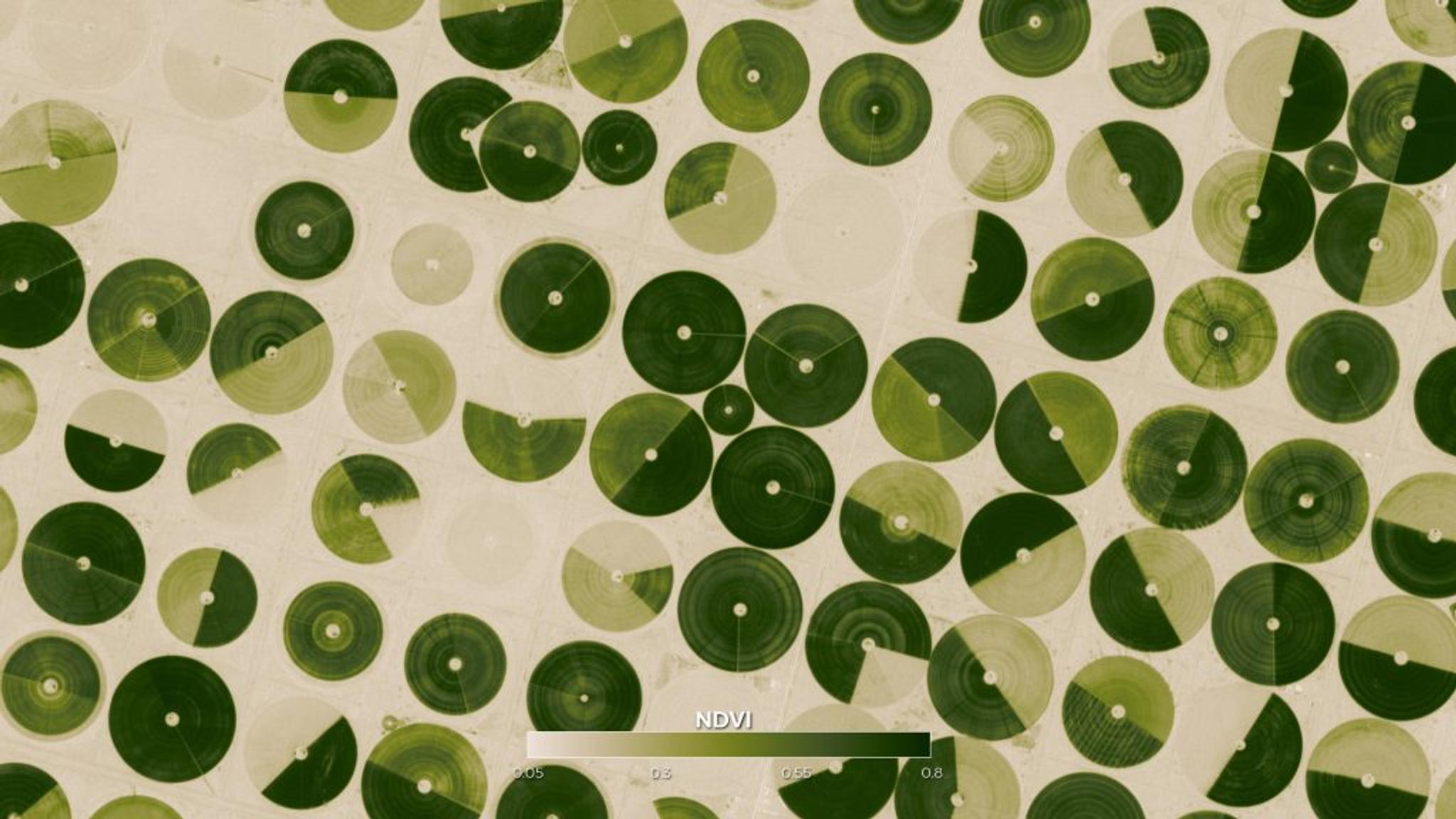The Top Global Trends Driving the Fourth Agricultural Revolution

StoriesCo-written with Deepthi Shankar Technological innovations are beginning to transform every link in the food chain, from seed to fork. In developed countries, digital technologies and analytics are making farm operations more insight-driven and efficient. Here are the five global trends catalyzing digital transformation in agriculture. Rising population and resulting increase in food demand. According to a UN FAO report, the world population is expected to rise to 10 billion by 2050 and boost agricultural demand by 50 percent compared to 2013, with an increase in demand for proteins, fruits, and vegetables. Declines in farm income. Farm profits are at a record 12-year low. In the first forecast of 2018, the US Department of Agriculture (USDA) is predicting farm profits to dwindle 6.7 percent to $59.5 billion, which is the lowest it’s been since 2006. Digital native consumers. There is a rising generation of digital-native, tech-savvy customers who come with expectations based on their experience in other digital-first industries. Meanwhile, consumer tastes and behaviors are evolving, with millennial customers driving demand for organic products, sustainable retail supply chains, and zero deforestation commitments. Digital disruption and consolidation. Ag input retailers are facing pressure from increasing consolidation in the seed and crop protection industry and from changing demands from digitally native customers. Traders lack foresight into the crop volume and face highly volatile prices. And digitization across the value chain and expansion of in-house storage among farmers is disrupting their fundamental business model.Food loss and waste. According to UN FAO, about one-third of all food produced – approximately 1.3 billion metric tons — gets lost or wasted, while 795 million people go hungry. Every year, consumers in rich countries waste almost as much food (222 million metric tons) as the entire net food production of sub-Saharan Africa (230 million metric tons). Moreover, developing countries deal with a lack of cold chain infrastructure to transport fruits, vegetables and meat over long distances.



Ready to Get Started
Connect with a member of our Sales team. We'll help you find the right products and pricing for your needs.

